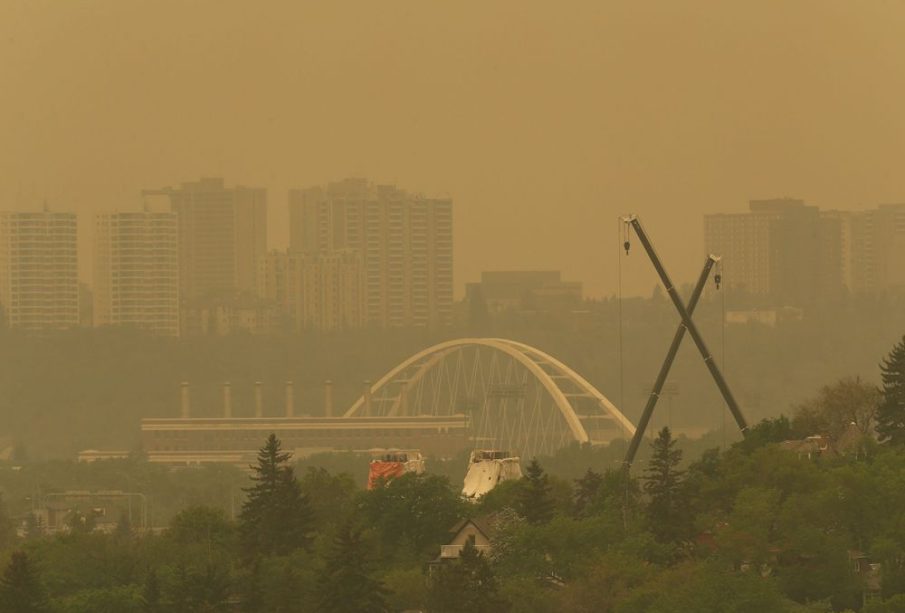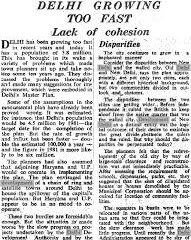Understanding Edmonton Air Quality: Current Trends and Implications

Introduction
The air quality in Edmonton has become a significant concern for residents, particularly as environmental awareness grows amidst climate change discussions. In recent years, various factors including industrial emissions, vehicular traffic, and wildfire smoke have been impacting the city’s air quality. Monitoring and understanding these changes are crucial not only for public health but also for city planning and environmental policies.
Current Air Quality Status
As of October 2023, the Air Quality Health Index (AQHI) for Edmonton has shown fluctuations, with several days marked by increased particulate matter (PM2.5) levels, primarily due to seasonal wildfires in nearby regions. The city’s average air quality index has hovered around moderate levels, with peak instances pushing the index into the high range. These variations are monitored by the Alberta Government and the City of Edmonton, providing real-time data to residents.
Experts suggest that the city’s air quality occasionally dips below the acceptable standards, particularly during the summer months when wildfires are more prevalent. In response, the city has initiated several programs aimed at reducing emissions from local industries and encouraging the use of public transportation to alleviate traffic-related air pollution.
Health Implications
Poor air quality poses several health risks, especially for vulnerable populations such as children, the elderly, and individuals with preexisting respiratory conditions. Increased levels of pollution have been linked to asthma and other chronic respiratory illnesses. The City of Edmonton is working closely with health authorities to promote awareness about the significance of monitoring air quality and adopting precautionary measures, particularly during high pollution days.
Future Outlook and Initiatives
The City of Edmonton is looking to implement more green initiatives aimed at improving air quality in the coming years. Upcoming projects include enhancing green spaces, investing in clean public transit options, and conducting more extensive studies on the sources of air pollution and its impacts on citizens’ health.
Furthermore, the provincial government has committed to reducing greenhouse gas emissions, which is promising for the long-term improvements of air quality. As regional policies become more stringent, there is hope that Edmonton’s air quality will improve, leading to a healthier environment for all residents.
Conclusion
In conclusion, air quality in Edmonton remains a pressing issue that requires ongoing attention and action from both authorities and the community. By staying informed and proactive, residents can play a role in improving their city’s air quality. Continuous monitoring and the implementation of sustainable practices present a hopeful path toward cleaner air and a healthier population.









